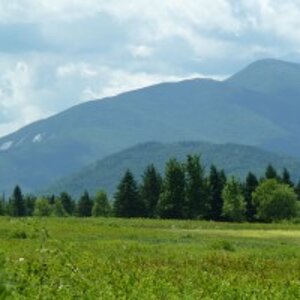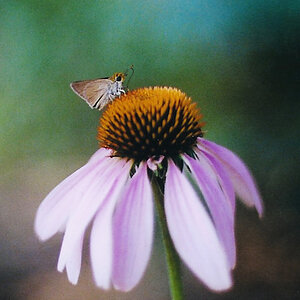sam_justice
TPF Noob!
- Joined
- Jul 10, 2009
- Messages
- 555
- Reaction score
- 0
- Location
- Brighton, UK
- Website
- www.samueljustice.net
- Can others edit my Photos
- Photos OK to edit
I'm thinking of picking up some Graduated ND Filters for landscape photography to get some more vibrant skies, I am looking at the LEE range Lee Filters Neutral Density Graduated Filters but they are quite pricey, I was wondering. Are there similar ones of same quality (I want a square block like those so I can choose the amount as opposed to a lens filter) for a cheaper price? If not, what one should I get? Since I haven't used one before I'm not sure how many stops down I want, what would be a common good one to use?


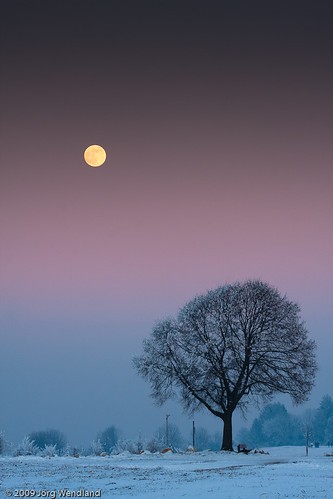


![[No title]](/data/xfmg/thumbnail/41/41894-692c98920dde335de241400937ed6166.jpg?1619739934)
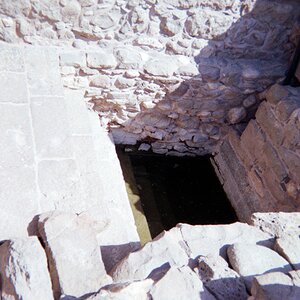
![[No title]](/data/xfmg/thumbnail/41/41896-54547e935773393100a20b8d9819f5bd.jpg?1619739935)

![[No title]](/data/xfmg/thumbnail/38/38261-db20f6f92ee8f0d4c5cf1536e308638b.jpg?1619738546)
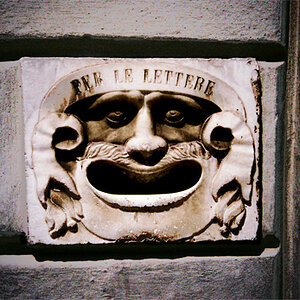
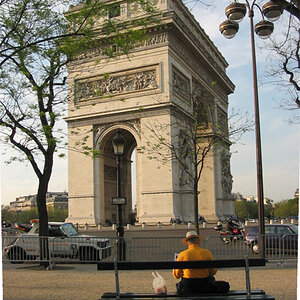
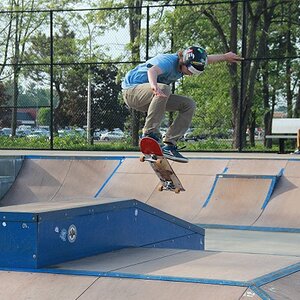
![[No title]](/data/xfmg/thumbnail/41/41892-d6f91fd1c816420825658ffaad56df78.jpg?1619739934)
